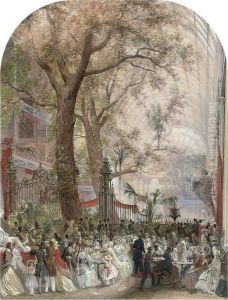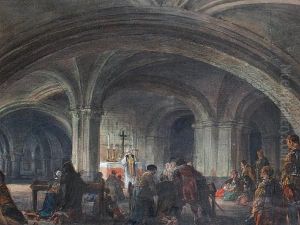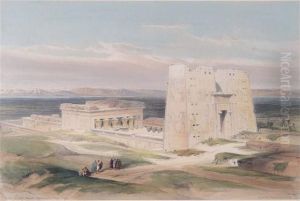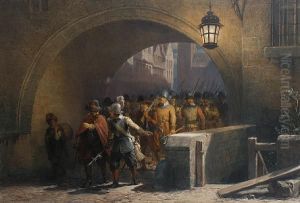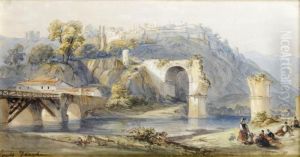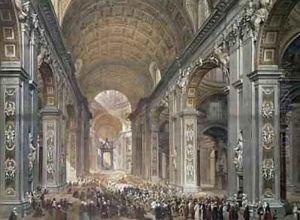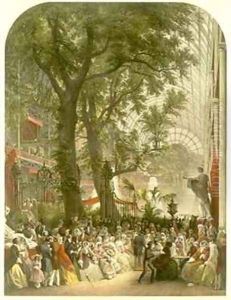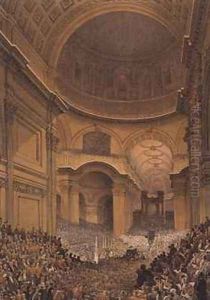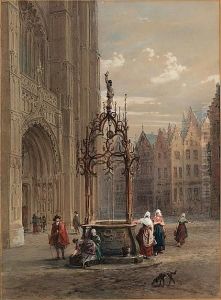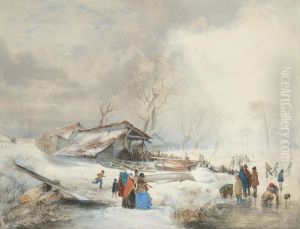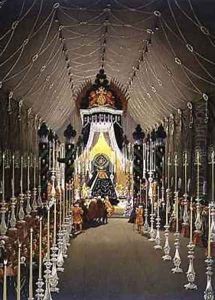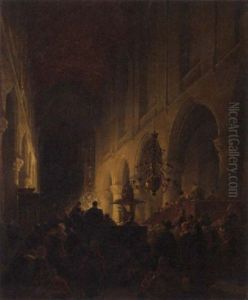Louis Haghe Paintings
Louis Haghe was a Belgian-born watercolourist and lithographer who gained significant recognition in the 19th century. Born on March 17, 1806, in Tournai, Belgium, Haghe showed an early talent in the arts, which led him to pursue a career that would see him become one of the foremost lithographers of his time. He moved to England in 1823 and began work as a lithographer with the firm of Day & Haghe, which later became Day & Son. The company was one of the first to exploit the commercial and artistic potential of lithography in Britain.
Haghe's skill was particularly evident in his ability to translate the work of other artists onto lithographic stone, creating prints that retained the depth and intricacies of the originals. One of his most significant projects was the production of the illustrations for David Roberts' 'The Holy Land, Syria, Idumea, Arabia, Egypt, and Nubia', published between 1842 and 1849. Haghe's meticulous work on the lithographs earned him widespread acclaim and helped to establish his reputation as a master lithographer.
Aside from his lithographic endeavors, Louis Haghe was also a skilled watercolorist. He became a member of the Royal Watercolour Society in 1839 and was its president for a period. His watercolors often depicted architectural and landscape subjects, reflecting his interest in travel and exotic locales, much like the lithographs he produced after Roberts’ sketches.
Despite his success as a lithographer, Haghe's true passion lay in painting, and in later years he devoted himself more fully to watercolor art. His works were exhibited at various institutions, including the Royal Academy of Arts in London. Louis Haghe's contribution to the field of lithography and his artistic output have left a lasting legacy in the world of 19th-century art.
Haghe passed away on March 9, 1885, in Stockwell, London. His legacy endures in the collections of various museums and in the pages of the illustrated books that his lithographs brought to life. Louis Haghe remains a significant figure for his role in advancing the art of lithography and for his exquisite watercolors that captured the spirit of his times.






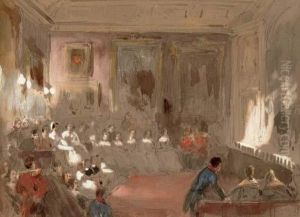






![[views Of Egypt]: Eight Plates](https://www.niceartgallery.com/imgs/3044746/s/louis-haghe-views-of-egypt-eight-plates-c974a088.jpg)
